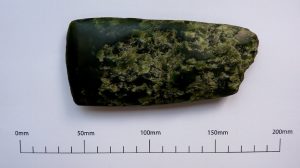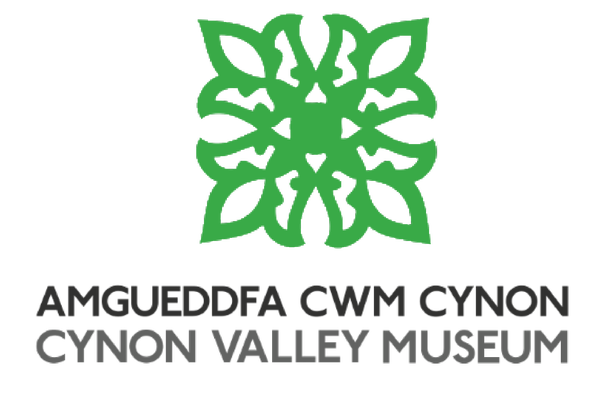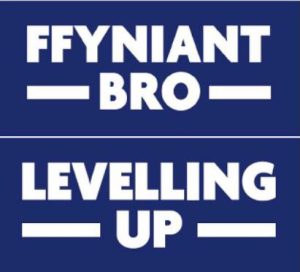Book Now for Tickets to Prehistory in Wales
Join Cynon Valley Museum and Dr Steve Burrow Deputy Head of Public History & Archaeology at Amgueddfa Cymru National Museums Wales Tuesday 2nd November for a talk on the prehistory of Wales with a special focus on the Cynon Valley. To book your place follow the link below to reserve your reserve your space.
This talk with coincide with the installation of a brand new interpretation panel which focuses on Cynon Valley’s prehistory, taking the museum back over 6000 years to the Mesolithic before farming had reached Britain’s shores.
The event is free to attend but please consider making a donation to Cynon Valley Museum.
Prehistory in the Cynon Valley
The earliest evidence for people in the Cynon Valley is the remains of small flint tools dating to the Mesolithic. Some of these tools are over 9000 years old, making them older than farming.
The landscape of the Cynon at this time was changing, as it emerged from the last Ice Age the climate was warming, the Valley was becoming a landscape of deciduous trees such as oak, birch, elm, lime, and hazel. Species like red deer, roe deer, and wild pigs roamed across this forested landscape, people would have been few and far between.
The introduction of farming would see both the population increase and the structure of society change. Across Britain new forms of burial appear, alongside new tools for farming and working the land. Some of these objects became associated with status and position in society
In 2014, a Neolithic stone axehead over 5000 years old was discovered ahead of the construction of Mynydd Bwlfa Wind Farm, Hirwaun. This axe (on display below) is thought to be made from Serpentine, a stone not sourced locally. Its unique appearance suggests it originated in water perhaps crashing against other stones in a river bed or shore edge.

Serpentine Axe Head (side 1) (ACVMS:2019.114)
The green colour of the axe appears important. Earlier stone axes originating in the Alps are also green. Archaeologists believe these would have been passed down from generation to generation. Just like a family heirloom today, these axes may have connected families to their ancestors.
To create the stone axe would have taken many hours. The importance of this axe is seen in the fact it could never have been used as an axe due to weakness in its structure. Depsite this someone carefully crafted this axe, suggesting that it may have had an alternative function. One suggestion has been as a way to connect to the past, to someone’s ancestors.
While we may never solve the mystery of how the stone axe found its way to the Cynon Valley, or even fully understanding it’s story, it remains a connection to the past people of the Cynon Valley
In the Bronze Age evidence for people comes from the uplands, in particular the Rhondda Uplands. Flint tools are found here, at sites such as Carn Y Bwlch dating to 2500BC where flint scrapers were identified.
The Bronze age sees the first visible change to the landscape with the construction of cross ridge dykes and burial cairns including at Mynydd Y Glog, north of Hirwaun. Little evidence comes from the valley floors perhaps hidden by millennia of human activity.
With the onset of the Iron Age we find one of the most significant prehistoric sites in all of Wales, the Llyn Fawr Hoard. Discovered in 1911, this hoard of metalwork including weaponry and cauldrons was found in a glacial lake, close to modern day Rhigos. Thought to be offerings, the artefacts date to across the Late Bronze Age and Early Iron Age.
Settlement in the Cynon area continues through the Iron Age into the Romano British era, with sites such as Hen Dre’r Mynydd occupied between 800BC and 400AD. Roman activity has been found in the form of a 1st century marching camp at Twyn-y-Briddallt with evidence of further activity in the surrounding area such as Pen Y Darren.




